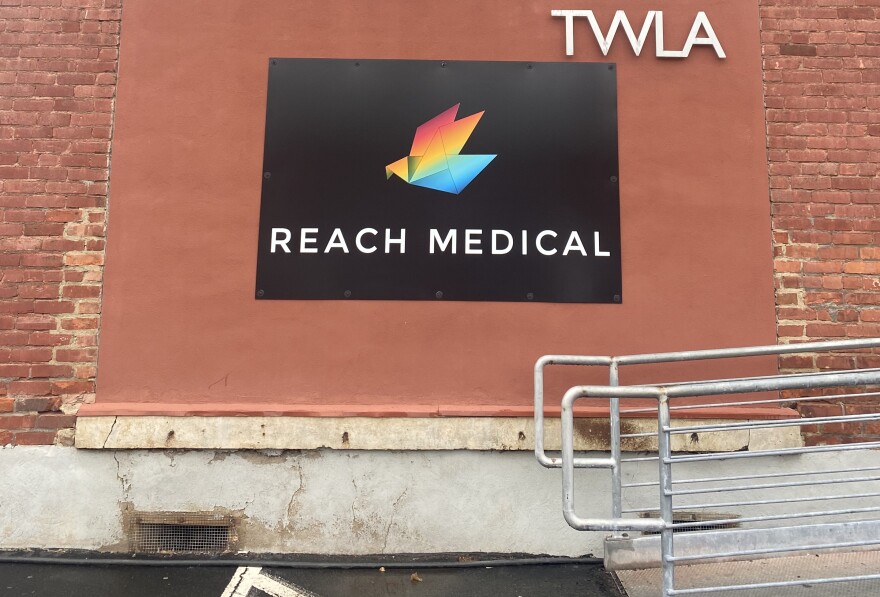New York will spend the first $7.5 million of its opioid settlement funds on programs that offer low-threshold care for opioid use disorder.
The state defines low-threshold care as involving same-day treatment, a harm-reduction approach, and flexibility in prescribing.
The goal of low threshold care is to make it quicker and easier for patients to access medications to treat opioid use disorder.
Those medications include prescription drugs like buprenorphine or naltrexone, which treat opioid withdrawal and cravings. The medications are not opioids and are not habit forming.
Even after a patient receives a prescription from their doctor, conventional clinics may require the patient to meet certain requirements before they can get their medication.
Those requirements vary by clinic — some patients may have to undergo regular urine drug tests throughout treatment. Some clinics require patients to bring back the empty packaging to prove they didn’t give the medication to someone else.
Low-threshold care removes many of those requirements.
Dr. Justine Waldman runs The REACH Project, a nonprofit harm-reduction organization based in Ithaca. Waldman said the program is pretty much textbook low-threshold treatment.
“We do a lot of community outreach locally and in a few other areas,” Waldman said. “But the bulk of what we do since COVID started is acute care and medication-assisted treatment by telehealth, either by phone or video.”
She said they also don’t reject patients from the program if they miss an appointment, unlike some conventional medical providers.
“[Conventional providers] are like, if patients want help, then they will get themselves together to come every day to an appointment. And we're like, we don't want the patient to die. So we're going to make sure that they have their buprenorphine,” Waldman said.
Waldman said right now, REACH’s biggest obstacle is affording competitive salaries for doctors and staff. She said funding from the state would help with that.
OASAS will give up to $500,000 for each grant.
The state will choose one provider for the Southern Tier. That could include an outpatient treatment clinic, hospital, or harm reduction program—like REACH.
Any provider that’s already licensed to prescribe medications for opioid use disorder treatment and meets the state’s definition of low-threshold is eligible to apply.
"These programs will offer services to individuals who seek this type of service in a safe and non-judgmental environment, despite continued drug use or lapses in care," the Office of Addiction Services and Supports (OASAS) said in its description of the funding.
The deadline for organizations and treatment providers to apply is February 22.


